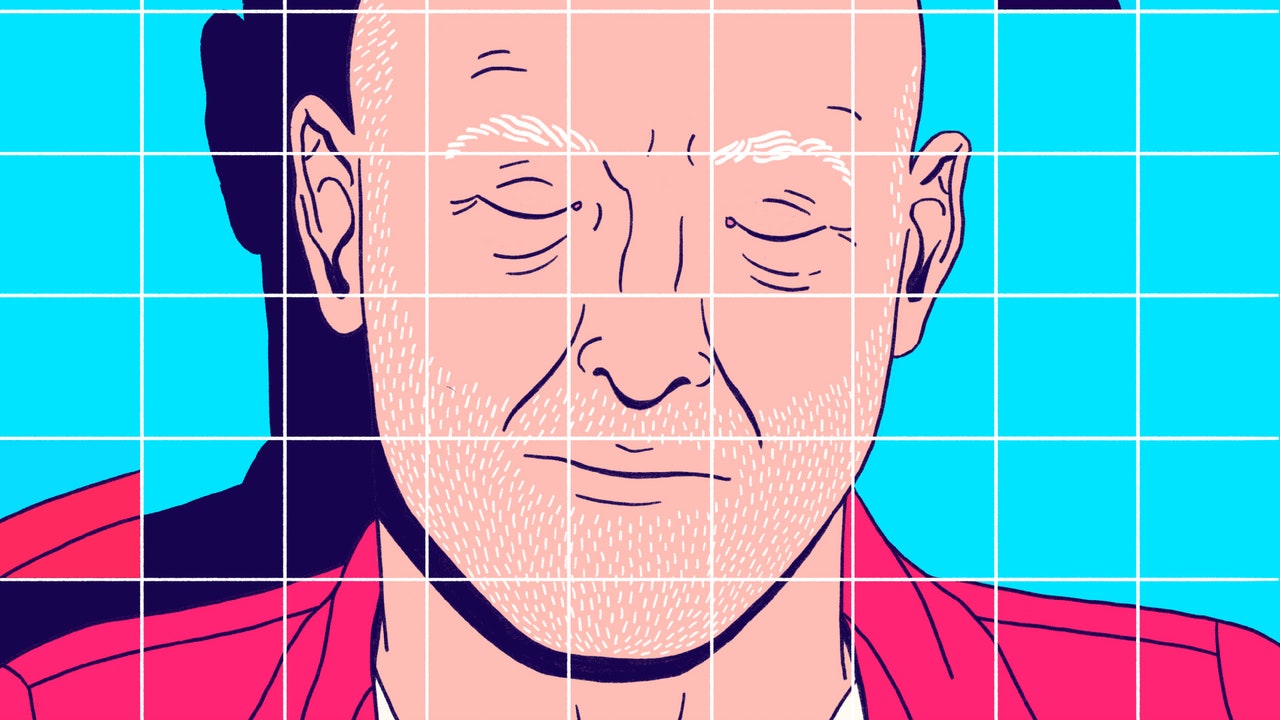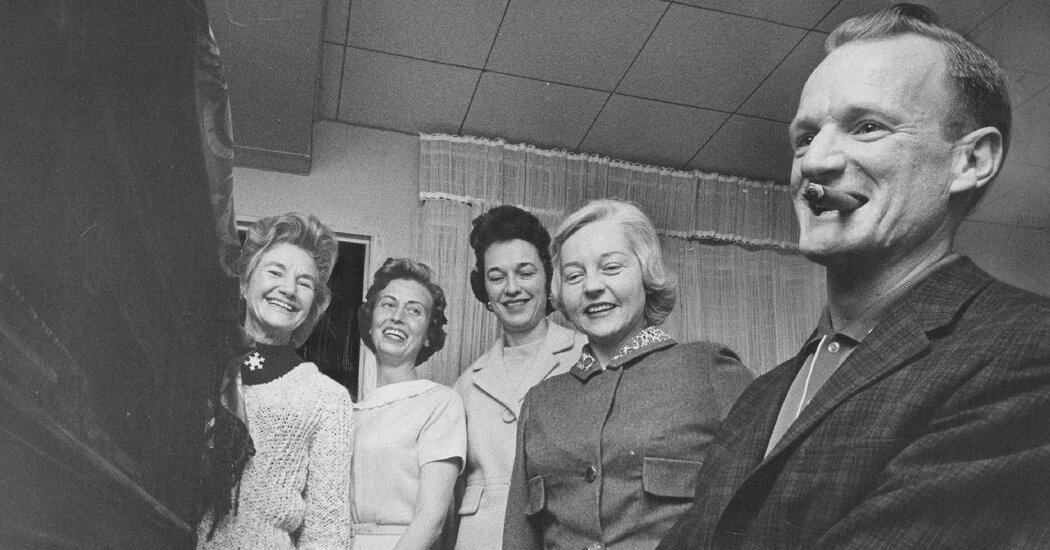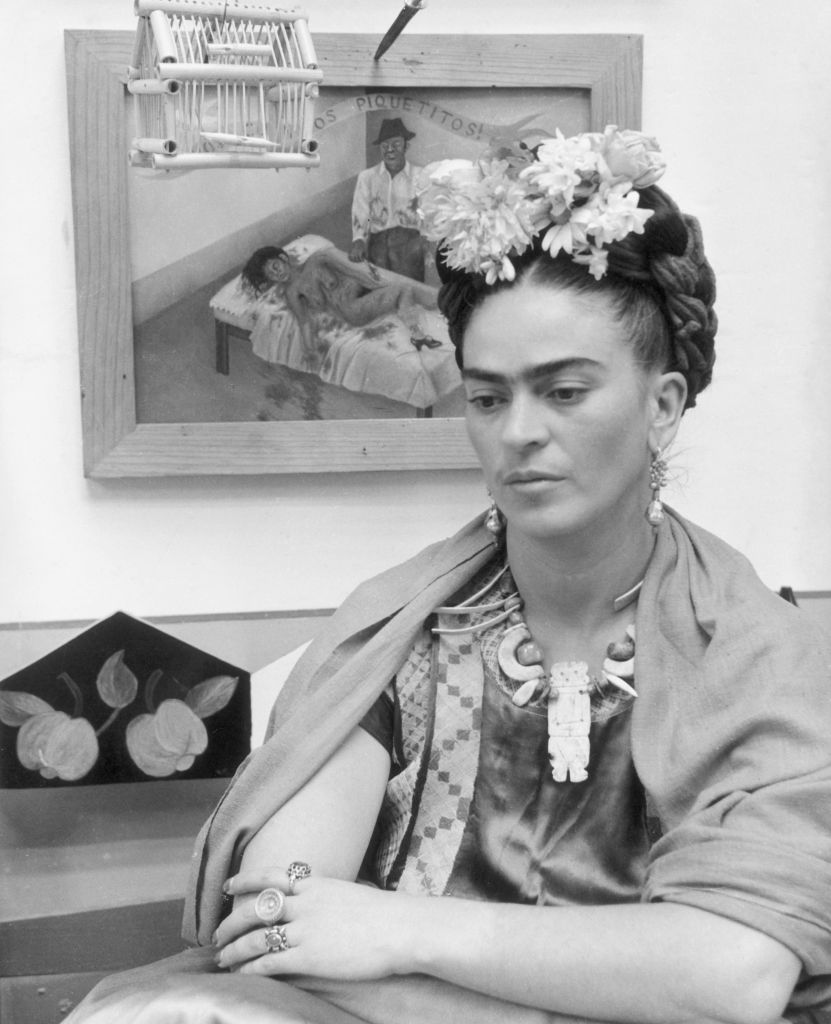In 1977, the artist, musician, and producer Brian Eno was in Berlin, working with David Bowie on the album that would become “Heroes.” They’d been collaborating on a song in an unconventional way, using a deck of cards called “Oblique Strategies,” which Eno had developed together with the artist Peter Schmidt. There were more than a hundred cards in the deck, and printed on each was a creative prompt, such as “What to increase? What to reduce?,” “A line has two sides,” or “Honour thy error as a hidden intention.” Eno and Bowie had each taken a card, then slipped it into a pocket. Neither knew what the other had drawn. They were taking turns working on the song, following different hidden ideas.
In “Eno,” the new documentary by Gary Hustwit, Eno chuckles, recalling that the song took a long time to complete, in large part because his card suggested that he “change nothing and continue with immaculate consistency,” while Bowie’s advised him to “destroy the most important thing.” The song itself, “Moss Garden,” doesn’t suggest two artists working at cross-purposes; it’s a contemplative riff on Japanese music, meant to evoke a peaceful place that Bowie had visited in Kyoto. And yet it’s restless in a way that makes it endlessly listenable, with strange, rocket-like sounds in the far distance and mutating birdsong swirling around Eno’s synthesizer and Bowie’s koto.
I’ve listened to music recorded or produced by Eno nearly every day for decades. He’s well known for coining the term “ambient music” (his “Discreet Music,” from 1975, is a landmark in the genre) and for working on career-defining records by Bowie, Talking Heads, U2, and others; for the past few decades, he’s also made “generative” music, in which computer programs work within parameters he’s set to create compositions that unfold infinitely. More broadly, though, he’s developed a recognizable approach to creativity that’s cerebral, chance-driven, hands-off, impersonal, collaborative, meditative, ecological, extended in time, and open to accident. In the high-pressure environment of a recording studio, where every hour costs money, he introduces layers of abstraction, randomness, and play.
There’s a sense in which music is the most immediate of art forms: it’s pure physicality, as our bodies make art by vibrating the air. And yet it can also be strange, fleeting, and distant. In his poem “To Music,” Rainer Maria Rilke wrote:
In my screening of “Eno”—the film is “generative,” too, and viewers of different screenings will encounter different material—Eno describes the production of “The Great Curve,” by Talking Heads, in which a growing cast of backing vocals whirls around David Byrne’s lead melody until it’s cloaked, almost unidentifiable, in frenetic sound. The production, inspired by the layered Afrobeat of Fela Kuti, combines the embodied and the impersonal aspects of music; it’s both rooted in performance and cut loose from the magnetism of the central performer. It expresses an ethos of creativity in which, instead of hogging the stage, it’s often better to step aside or recede.
How should we create things? The word “should” isn’t quite right, since there’s no correct way to be creative; still, when you’re actually creating something, you have to answer the question definitively for yourself, with some urgency. It’s not just about getting to a desired result. Your methods have an ethics to them, too.
One popular idea is that we ought to “make” things. In books like Robert Pirsig’s “Zen and the Art of Motorcycle Maintenance” and Matthew Crawford’s “Shop Class as Soulcraft,” we encounter the notion that there’s something special about making things yourself, to your own specifications, with a particular goal in mind and in a particular state of mind—a kind of elevated craftsmanship. “Craftsmanship means dwelling on a task for a long time and going deeply into it, because you want to get it right,” Crawford writes. He’s thinking mainly about making tough, hefty things with your hands—furniture, engines, houses, and so on—but, if we were to view his sensibility through a soft-focus lens, we might assert that you can make computer programs, too, in a craftsmanlike way. Like a carpenter in a workshop, a coder in her “maker lab” can be painstaking, careful, even loving toward what she’s making, hoping to develop things that satisfy her and others, fitting both her requirements and theirs. Harnessing her materials, she can feel what Crawford calls “the experience of direct responsibility” for the outcome—a rarity in our specialized, mediated, outsourced age.
Eno has a different way of imagining creativity. In Hustwit’s documentary, he talks not about making but about “growing.” Demonstrating some of the software he uses for creating generative music, he shows how a few elements can be designed and then put into motion—a keyboard melody, for example, can be fed through a program that randomly skips some of its notes, so that the melody renders differently as it repeats. Like Rilke, Eno thinks of music in terms of landscape; he might expand the space of his composition by adding low and high elements—wind and birds, metaphorically speaking—that also change over time. The idea is that the music isn’t finished. It will continue growing without him. He is the person who puts the art work into motion, but he isn’t at its center, and he isn’t responsible for every detail of what it becomes. He pushes it out from the dock and lets it find its own way.
As a writer, I’m more of a maker; I enjoy the exacting selection of words, the endless polishing of sentences. But, as a listener, I enjoy Eno’s world, and every now and then I try to enter it in my writing life. Many years ago, my wife gave me “Oblique Strategies” as a gift, and I use it from time to time while I’m writing. As I’m mired in endless revisions, it’s nice to be told to “define an area as ‘safe’ and use it as an anchor,” or to “go slowly all the way round the outside.” In some cases, the questions in the deck can directly inspire approaches in a piece of writing: “What are you really thinking about just now? Incorporate”; “What is the reality of the situation?”; “Into the impossible.”
Applying a little Eno to my writing can loosen it up, shifting it from the precise, controlled, responsible “making” track onto the playful, surprising, impersonal “growing” track. And it’s possible to take that process a little further. Elsewhere in “To Music,” Rilke suggests that music is our “innermost us” externalized; musicians project inner life into the space surrounding us, forming a “skillful horizon.” I sometimes wonder if the process can happen in reverse—can’t artistic experience work its way inward, altering our interior landscapes?—and so I’ve tried using Eno’s techniques, which are meant for creating art, purely on the level of thought. It’s interesting to choose an Oblique Strategy for the day and see where it takes you: “Remember those quiet evenings”; “Disconnect from desire”; “Look at the order in which you do things.” You can change the conditions, then let things grow.
Making and growing aren’t distinct, of course—they’re just ways of conducting yourself, and they can braid together. The best aspect of my deck is that it’s made by hand. My wife builds collages, and often clips interesting images out of magazines; she used them to construct the cards, randomly matching the prompts with the images. The correspondences are so striking—“The tape is now the music” goes with a photograph of a real dog looking at a toy dog; “Don’t break the silence” is matched with a picture of a deer exiting a dark tunnel—that, looking over them recently, I asked her if they were really random. They were, she insisted: “It’s your mind doing the work.” In a recording studio, musicians can collaborate; by drawing contradictory cards, Bowie and Eno somehow enlivened their partnership. The circumstances of our creativity are all different. Some of us work alone. Still, it’s important to be creative in your thinking about your creative work. It’s even possible, by giving up a little control, to collaborate with yourself. ♦



